Black mustard Brassica nigra Whole mustard seeds are used to make pickles and chutneys. In South Asian cuisines mustard seeds are heated in oil until they pop then they are allowed to cool; more Indian spices are added to the mustard seeds. How do you transform mustard powder into prepared mustard? If you prefer a hot, pungent mustard, all you need to do is add cold water, mix, and wait about fifteen minutes for the reaction to fully develop. The only thing to remember is that after the mustard reaches its peak strength at that point, it slowly begins to decline. If you’re not using it immediately, adding an acid such as vinegar or rice wine will stop the reaction and prevent the mustard from losing its sharp edge.
Mustard seeds
Mustard is one of the most ancient spices. It has 3 varieties namely black, brown and white. The black mustard plant normally grows to a height of 10 feet. Brown mustard is largely cultivated.
Categories: Agro Products, Seeds Products
Related products
Coriander
Beans
Angustifolious
Barley
Pearl barley is by far the most popular form of barley in the United States. Extensive processing removes the two outer hulls along with the bran layer resulting in uniformly-sized, ivory grains with very little fiber. This processing makes it less chewy to the bite, but it also removes a vast majority of the barley’s inherent nutrition. Its flavor is mild and nutty, and it cooks in 30 to 45 minutes.
Lin seeds
Barley
We now offer two types of Malted Barley:
- Whole Malted Barley - Grind at home for the freshest sprouted seed tea
- Milled Malted Barley - This has already been crushed so it's ready for your sprouted seed tea right out of the bag.
Sun flower seeds
Barley malt
Pearl barley is by far the most popular form of barley in the United States. Extensive processing removes the two outer hulls along with the bran layer resulting in uniformly-sized, ivory grains with very little fiber. This processing makes it less chewy to the bite, but it also removes a vast majority of the barley’s inherent nutrition. Its flavor is mild and nutty, and it cooks in 30 to 45 minutes.

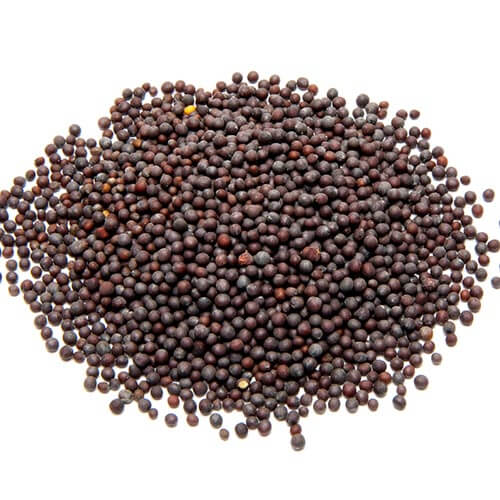
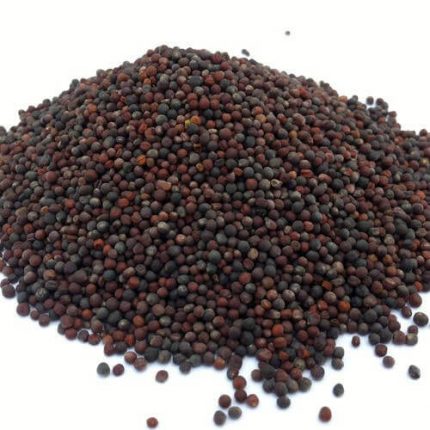
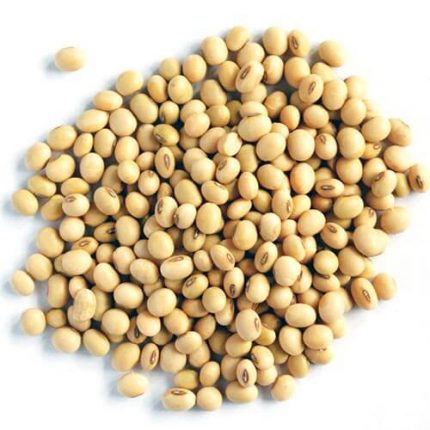
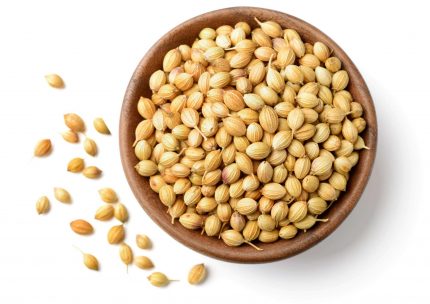
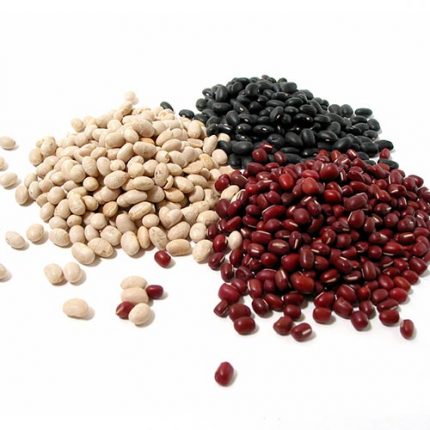
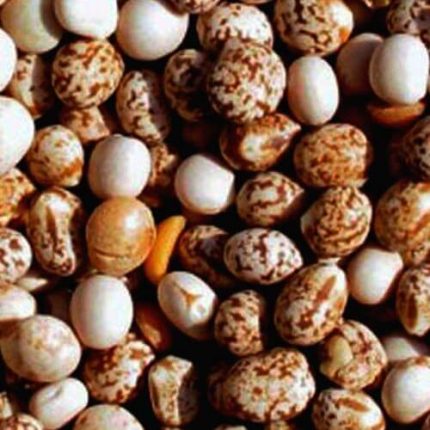
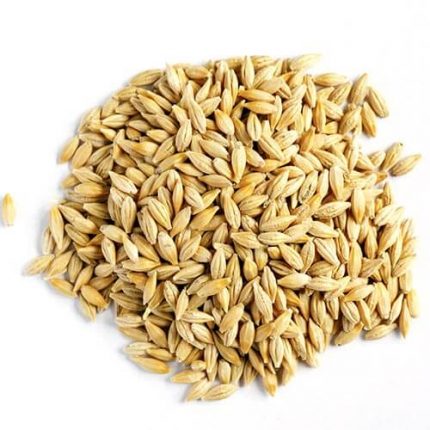
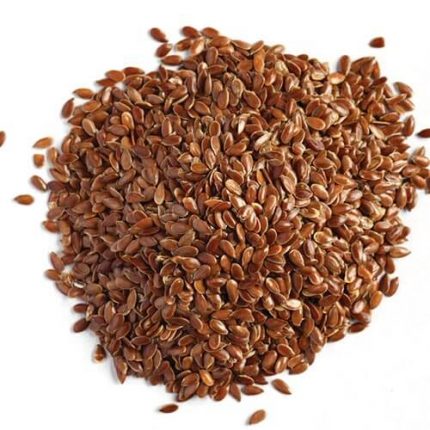
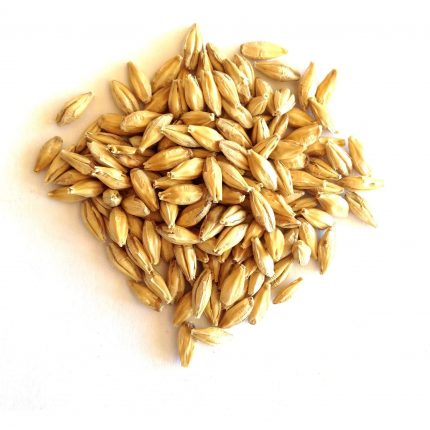
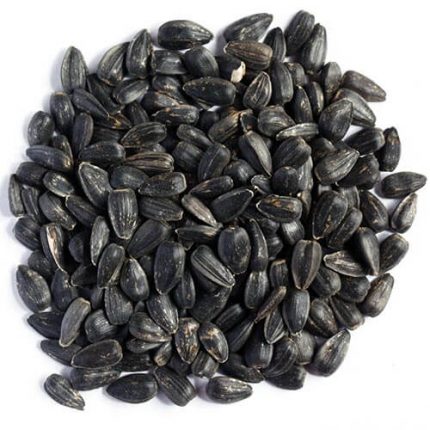
Reviews
There are no reviews yet.